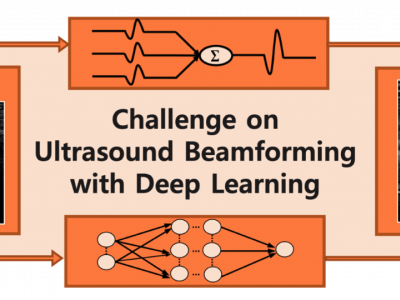Artificial Intelligence
Iris recognition has been an interesting subject for many research studies in the last two decades and has raised many challenges for the researchers. One new and interesting challenge in the iris studies is gender recognition using iris images. Gender classification can be applied to reduce processing time of the identification process. On the other hand, it can be used in applications such as access control systems, and gender-based marketing and so on. To the best of our knowledge, only a few numbers of studies are conducted on gender recognition through analysis of iris images.
- Categories:
 7507 Views
7507 Views
In order to increase the diversity in signal datasets, we create a new dataset called HisarMod, which includes 26 classes and 5 different modulation families passing through 5 different wireless communication channel. During the generation of the dataset, MATLAB 2017a is employed for creating random bit sequences, symbols, and wireless fading channels.
- Categories:
 8781 Views
8781 ViewsThis dataset page is currently being updated. The tweets collected by the model deployed at https://live.rlamsal.com.np/ are shared here. However, because of COVID-19, all computing resources I have are being used for a dedicated collection of the tweets related to the pandemic. You can go through the following datasets to access those tweets:
- Categories:
 9765 Views
9765 Views
Chinese Hotel Review Dataset
- Categories:
 764 Views
764 ViewsThis dataset was developed at the School of Electrical and Computer Engineering (ECE) at the Georgia Institute of Technology as part of the ongoing activities at the Center for Energy and Geo-Processing (CeGP) at Georgia Tech and KFUPM. LANDMASS stands for “LArge North-Sea Dataset of Migrated Aggregated Seismic Structures”. This dataset was extracted from the North Sea F3 block under the Creative Commons license (CC BY-SA 3.0).
- Categories:
 570 Views
570 Views7200 .csv files, each containing a 10 kHz recording of a 1 ms lasting 100 hz sound, recorded centimeterwise in a 20 cm x 60 cm locating range on a table. 3600 files (3 at each of the 1200 different positions) are without an obstacle between the loudspeaker and the microphone, 3600 RIR recordings are affected by the changes of the object (a book). The OOLA is initially trained offline in batch mode by the first instance of the RIR recordings without the book. Then it learns online in an incremental mode how the RIR changes by the book.
- Categories:
 686 Views
686 ViewsThe dataset contains high-resolution microscopy images and confocal spectra of semiconducting single-wall carbon nanotubes. Carbon nanotubes allow down-scaling of electronic components to the nano-scale. There is initial evidence from Monte Carlo simulations that microscopy images with high digital resolution show energy information in the Bessel wave pattern that is visible in these images. In this dataset, images from Silicon and InGaAs cameras, as well as spectra, give valuable insights into the spectroscopic properties of these single-photon emitters.
- Categories:
 676 Views
676 Views
Collecting and analysing heterogeneous data sources from the Internet of Things (IoT) and Industrial IoT (IIoT) are essential for training and validating the fidelity of cybersecurity applications-based machine learning. However, the analysis of those data sources is still a big challenge for reducing high dimensional space and selecting important features and observations from different data sources.
- Categories:
 13337 Views
13337 ViewsOne of the major research challenges in this field is the unavailability of a comprehensive network based data set which can reflect modern network traffic scenarios, vast varieties of low footprint intrusions and depth structured information about the network traffic. Evaluating network intrusion detection systems research efforts, KDD98, KDDCUP99 and NSLKDD benchmark data sets were generated a decade ago. However, numerous current studies showed that for the current network threat environment, these data sets do not inclusively reflect network traffic and modern low footprint attacks.
- Categories:
 8541 Views
8541 Views





